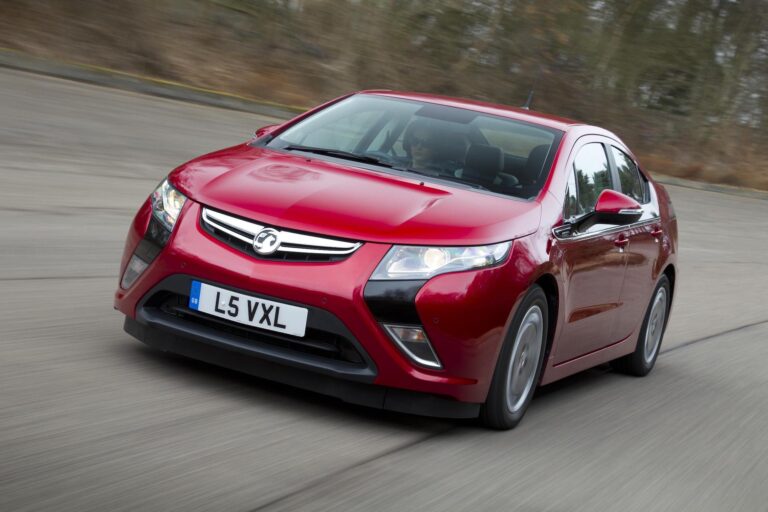What is a range-extender? On paper, a range-extender vehicle like the Vauxhall Ampera (above) or early versions of the BMW i3 don’t look all different to a plug-in hybrid. Just like a plug-in hybrid, a range-extender has both an electric motor and an internal combustion engine.
The big difference though is that the internal combustion engine never actually drives the wheels at any point. Instead, the only function of the engine is to act as an energy source for the battery, so cutting in either when the battery is low or when requested by the driver.
While the Ampera had a 1.4-litre engine, usually the engines on range-extender vehicles tend to be smaller like the 600cc engine in the BMW i3, which was borrowed from the German firm’s motorbike range. Of course, most car manufacturers don’t have that benefit of an in-house developed engine to utilise as with BMW, so few others have gone down the same route.
Mazda however has already said that its MX-30 will eventually be offered in range-extender form using its rotary-engine technology from its RX range of sports cars. The benefit of using a rotary engine is down to packaging as it’s much smaller than a conventional engine.

